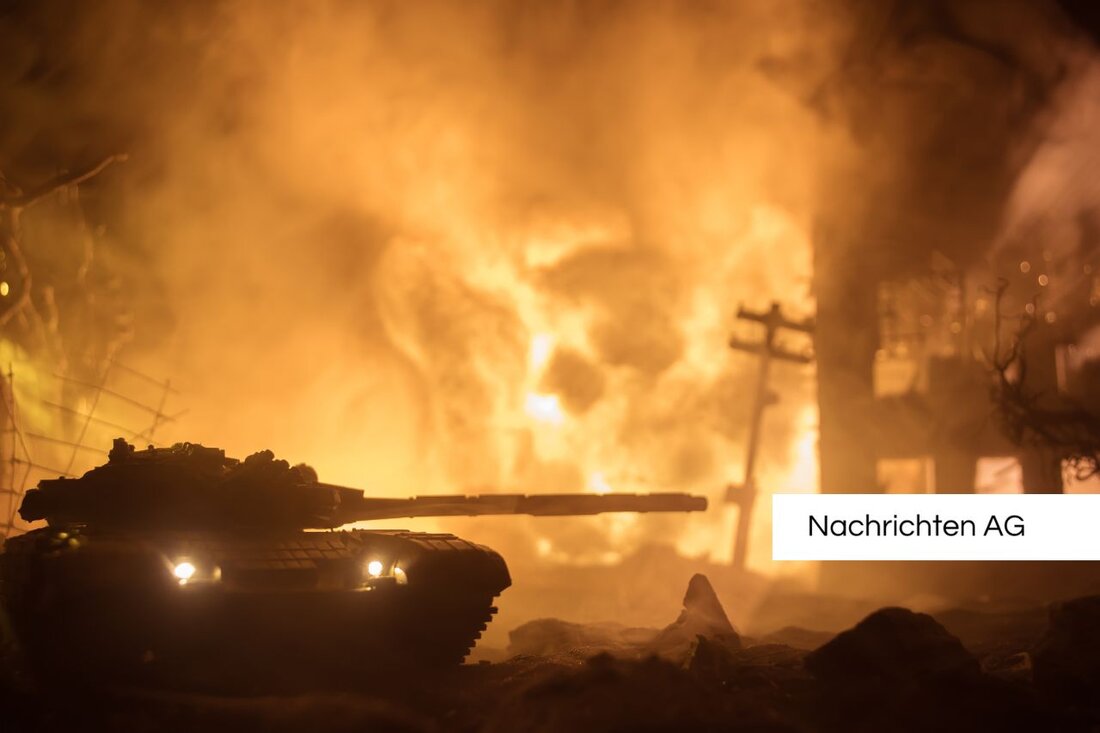Rostock's eventful history: guided tour and lecture on the post-war period!
Public tour of the special exhibition “Rostock 1945” on July 17, 2025 in the Rostock Cultural History Museum. Entry: 3 euros.

Rostock's eventful history: guided tour and lecture on the post-war period!
The exciting special exhibition “Rostock 1945. Twelve months between war and a new beginning” in the Rostock Cultural History Museum will be enriched by a public tour on Thursday, July 17, 2025. The event begins at 5 p.m. and highlights the profound events that shaped the city in 1945. From the last days of the war to the first steps into a new era, destruction, uncertainty, violence, hope, departure and new beginnings are discussed. Participation in the tour costs 3 euros per person and registration is not necessary, so those interested can set off spontaneously to find out more about this eventful time.
Afterwards, at 6 p.m., there will be a lecture by PD Dr. Klaas-Hinrich Ehlers, who deals with the topic “More than Mecklenburgish. Linguistic (over-)adaptation among displaced immigrants since 1945”. Ehlers, who works at the Institute for German Studies at the University of Rostock and specializes in dialects and colloquial languages in northern Germany, will address the effects of refugee and displaced persons movements on the regional linguistic landscape of Mecklenburg-Western Pomerania. What is particularly interesting is the finding that descendants of the displaced people often speak a stronger “Mecklenburg” dialect than the long-established residents. Admission to the lecture is also 3 euros per person, and no registration is necessary here either.
Migration and its effects
Migration movements have shaped Germany for centuries. As early as the 19th century, moving within Germany was viewed as migration, with many leaving their homeland for economic reasons or in search of better living conditions. Particularly industrialized areas, such as the Ruhr area, attracted large numbers of workers. In the years between 1871 and 1910, the number of registered foreigners in the German Reich rose from 206,000 to almost 1.3 million, and over five million Germans emigrated overseas between 1880 and 1914, especially to the USA.
The post-war period was also marked by significant migration movements. Around 14 million people fled the Red Army and other expulsion measures after the Second World War. In the period from 1946 to 1961, around 800,000 Germans migrated overseas, while 3.1 million moved from the GDR to the Federal Republic. These developments not only led to an increase in the foreign population, but also to difficulties in integration and, in some cases, to political conflicts in the early 1990s.
The research and documentation center at the University of Rostock is dedicated to these complex topics. The focus is particularly on interviews with various groups of people, including refugees and displaced persons who lived in Mecklenburg and Western Pomerania after 1945. Here an impressive insight into the stories of “wolf children” and those politically persecuted is given and the diversity of experiences and fates that accompany migration are impressively documented.
The combination of historical reappraisal, as is currently taking place in Rostock, and research into migration stories shows how stories are interwoven. The future public tour and lecture not only invite you to understand the past, but also offer the space to think about the bridge to the present and future.

 Suche
Suche
 Mein Konto
Mein Konto